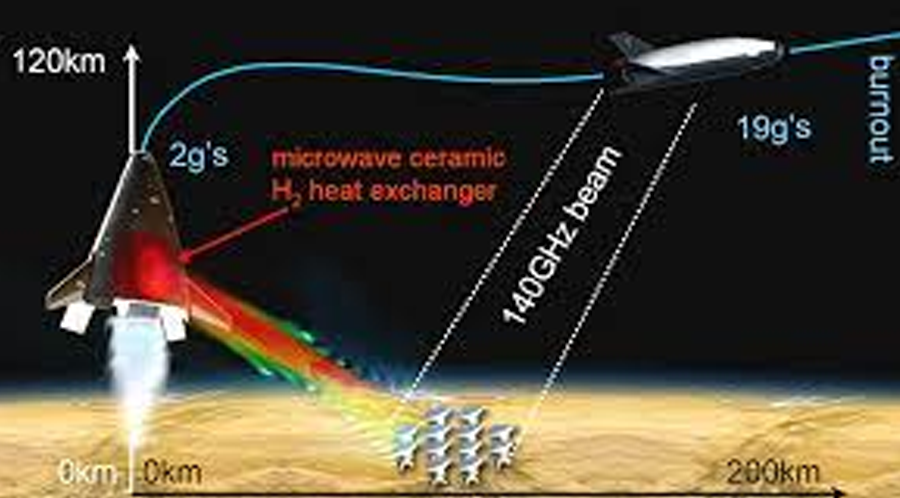A study published in the Journal of Spacecraft and Rockets unfolds the effort taken by a group of researchers from Japan to check the viability of using microwave radiation for wirelessly transmitting required power to space rockets.
According to the journal, the team demonstrated wireless power transmission via microwaves for a free-flying drone and recorded the efficiency of this process. Researchers used microwaves with a relatively high frequency (28 GHz) for the transmission.
Kohei Shimamura, lead author of the study says, “We used a sophisticated beam-tracking system to ensure that the drone received as much of the microwave power as possible, Moreover, to further increase the transmission efficiency, we carefully tuned the phase of the microwaves using an analog phase shifter that was synchronized with GPS units.”
Based on the values of recorded efficiency and an analytical formula, they calculated the overall transmission efficiency.” These results show that more work is needed to improve the transmission efficiency and thoroughly evaluate the feasibility of this propulsion approach for aircraft, spacecraft, and rockets,” explains Shimamura. “Future studies should also aim to refine the beam-tracking system and increase the transmission distance beyond that demonstrated in our experiment.”
The experiment is still in its infancy. In the future, it could become a major way to launch rockets.





